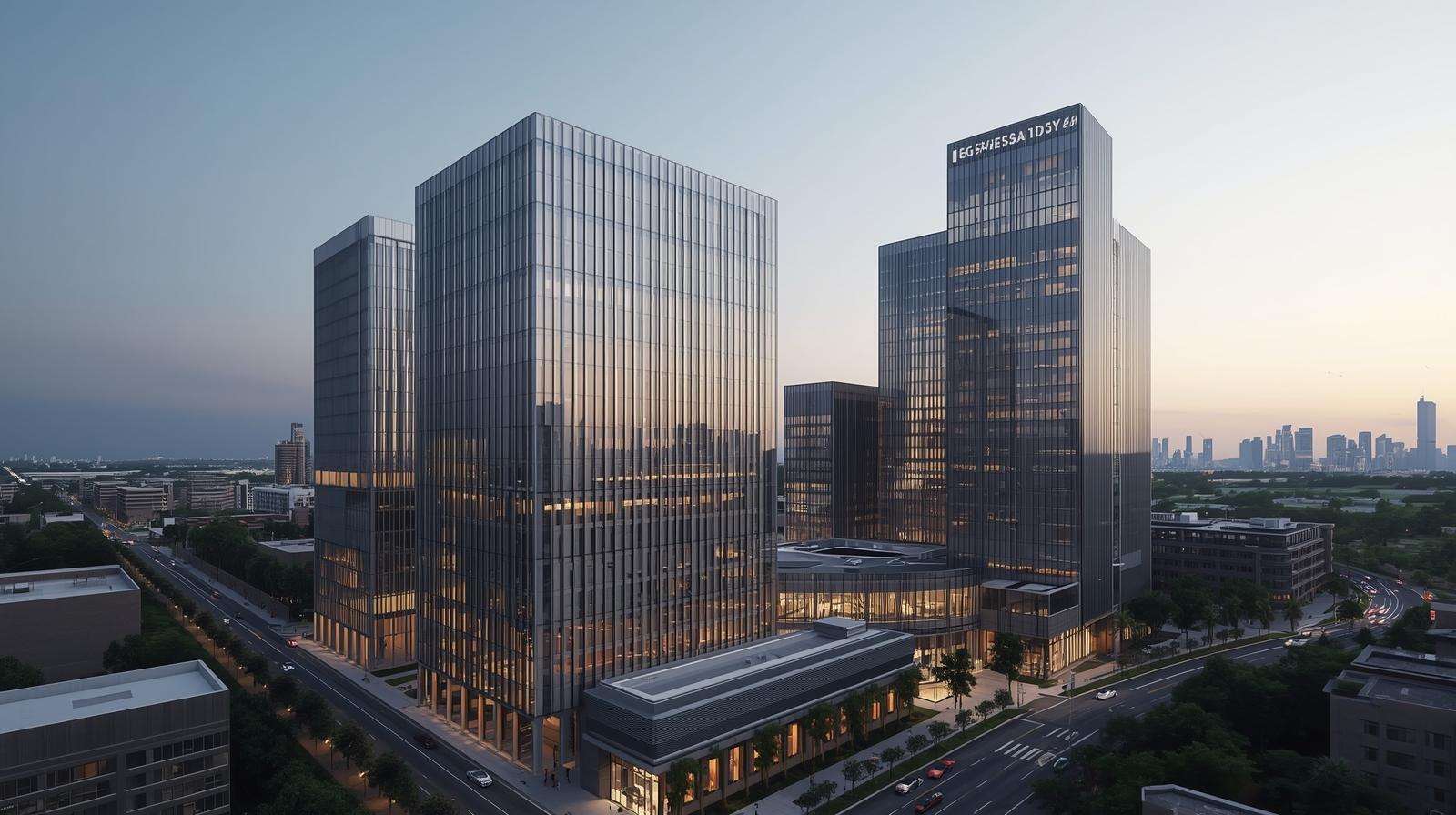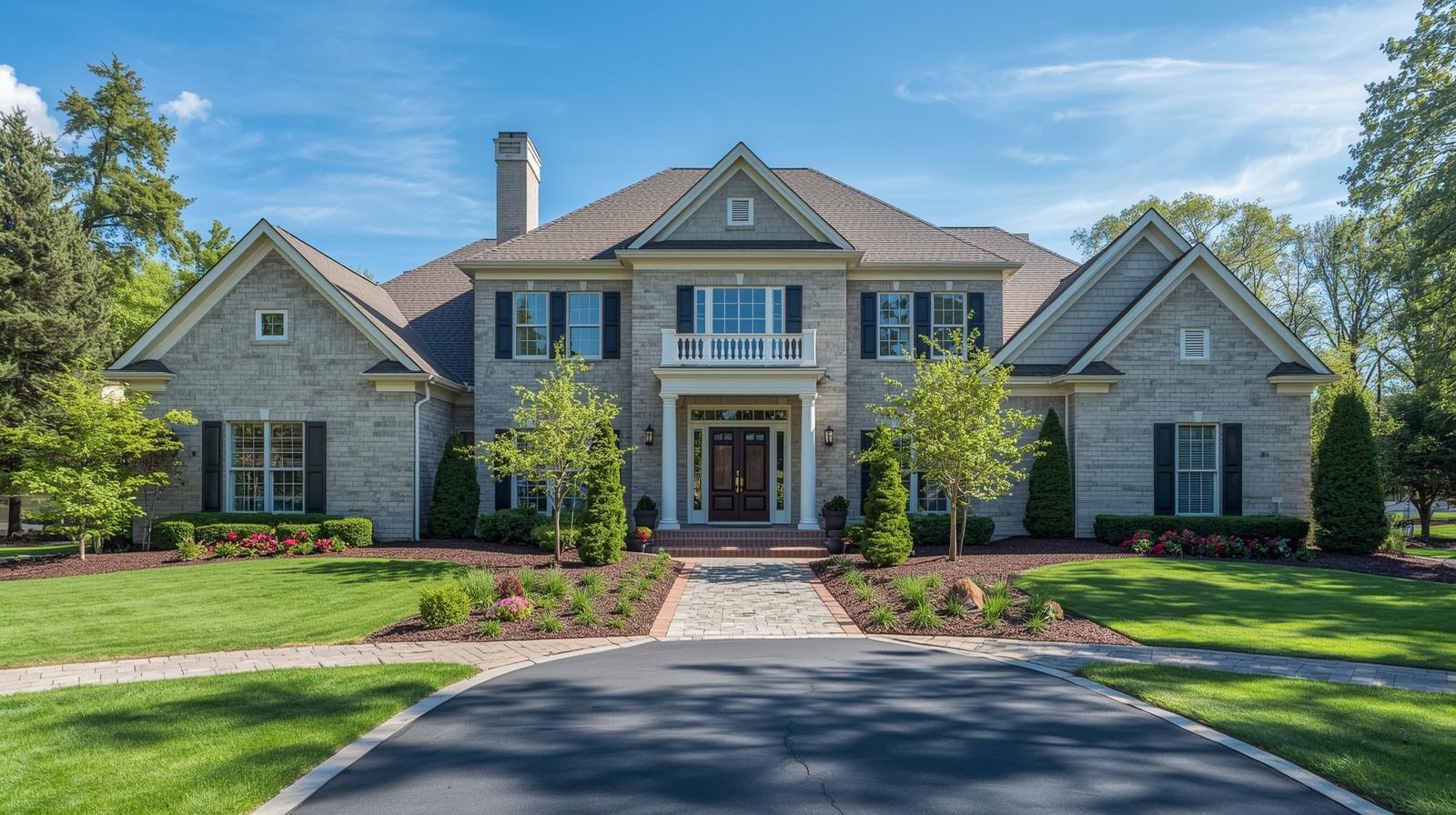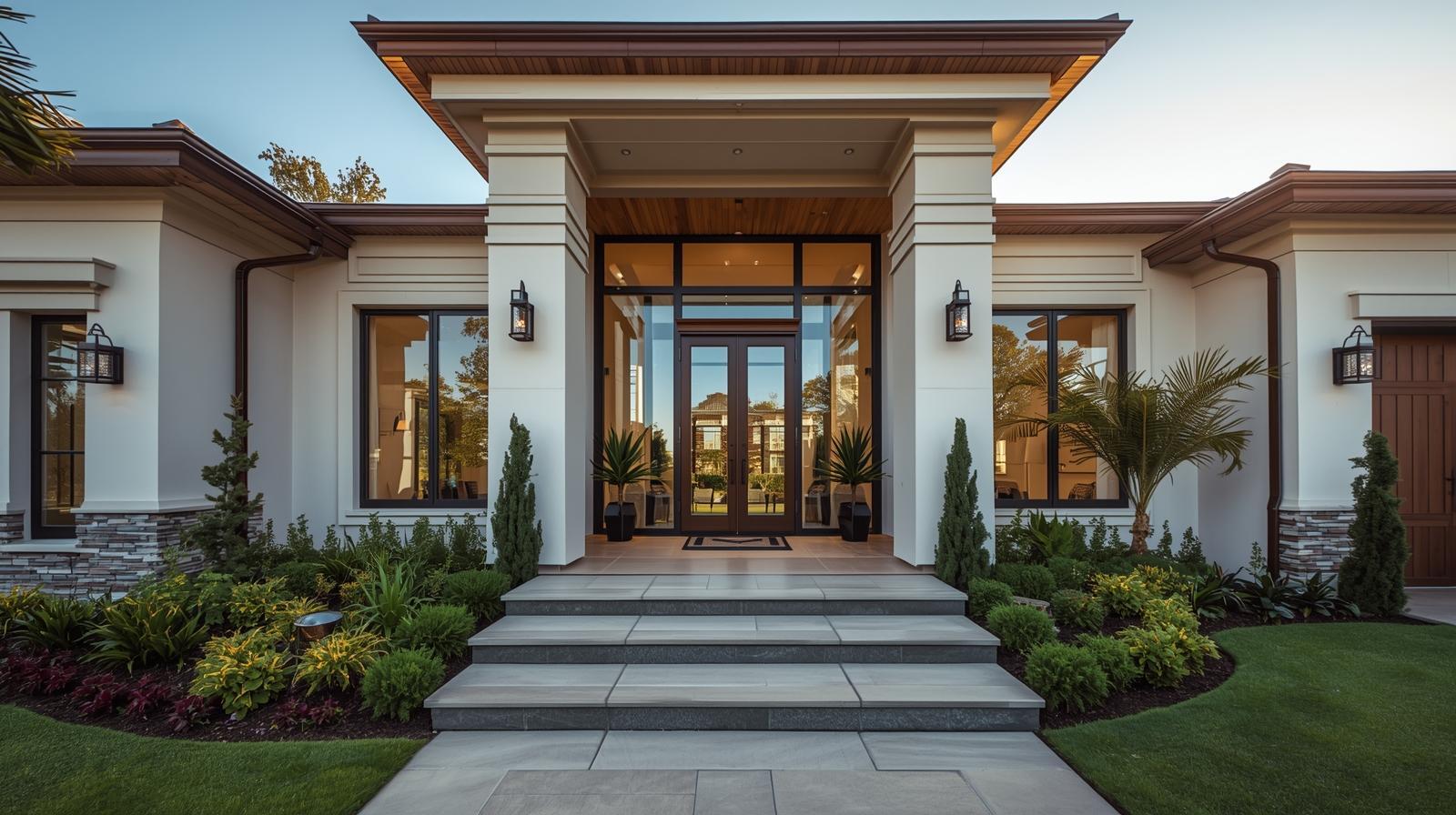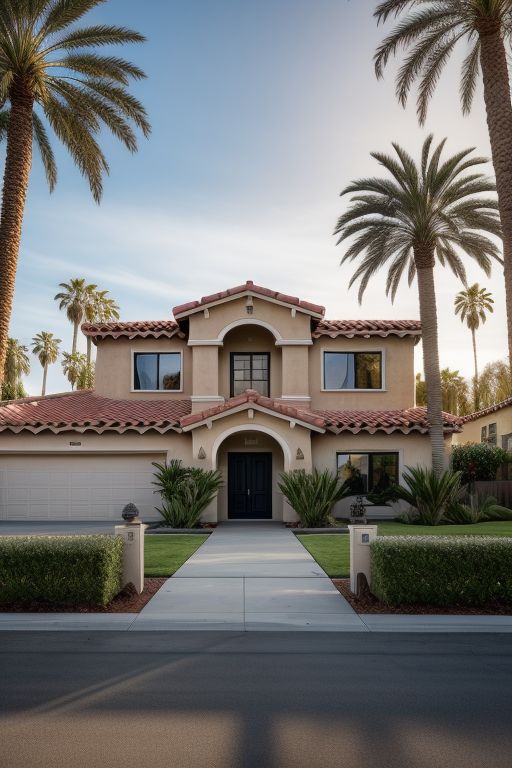5 mortgage and real estate trends for the second quarter of 2020
The housing market is in uncharted waters as COVID-19 continues to upset every aspect of the industry, from see-sawing mortgage rates to canceled open houses due to social distancing rules.
With the chaos and confusion comes a certain amount of unpredictability, a recurring theme among the experts asked to forecast trends for the second quarter of 2020.
The possibilities of what might happen with the housing market, as well as the economy, run the gamut. The answers will be dictated by the virus itself.
— Greg McBrideCFA, Bankrate chief financial analyst
What is certain is that the spring homebuying season will look different than the business-as-normal situation that everyone anticipated at the beginning of the year. Here experts break down five trends consumers should keep an eye on going into the second quarter of this pandemic-plagued year.
- Trend 1: Homebuying will dip for spring
- Trend 2: Homes values will hold steady if COVID-19 is short-lived
- Trend 3: Mortgage rates will likely drop even more
- Trend 4: Refinances will continue to increase
- Trend 5: Digital technology will become even more relevant
Trend 1: Homebuying will dip for spring
The spring homebuying season is headed for a slowdown that will last, at minimum, until summer, experts predict. As the housing gears grind to a halt, fewer people are applying for home loans, a trend that will deepen as Americans stay home by the tens of millions.
Purchase loans fell 10 percent from last week and 24 percent from this time last year in the week ending March 27, according to data from the Mortgage Bankers Association’s (MBA) weekly mortgage applications survey. This drop in purchase loans comes as no surprise as people are asked to shelter in place making it difficult to complete the homebuying process.
Meanwhile, the refinance share of mortgage applications shot up by 26 percent, reflecting the eagerness of homeowners to lock in low rates amid a volatile mortgage environment. In some of the COVID-19 hotspots, mortgage applications were up, but most were likely refinances given the drop in purchases, according to a spokesperson for MBA. New York saw a 16 percent increase and California was up by 18 percent.
The reasons for an anticipated Q2 slowdown are both logistical and economical.
Currently, 75 percent of the country, or 250 million Americans, have been asked to shelter in place. This makes the homebuying and selling process difficult, if not impossible.
Mortgage originations depend on multiple parties, including government entities (which are involved in everything from recording deeds to title searches); so, closed government offices can mean stalled sales.
“If the title companies are unable to record the mortgages and complete their required work due to county and state office closures, loans may be unable to close,” says Heidi Lombardi, licensed mortgage loan originator for American Mortgage in Tampa, Florida.
Likewise, as COVID-19 continues to spread, more appraisers and inspectors will be forced to stop visiting sites, which means lenders won’t be able to fund mortgages.
In strong markets, like Manhattan, which has been one of the hardest-hit areas, listings were down 85 percent at the end of March compared with the same time last year, according to data from UrbanDigs.
“I expect to see a significant decrease in the second-quarter numbers, as will the majority of other businesses, too,” says Rich Schulhoff, CEO of Brooklyn MLS. “Open houses are not allowed and showings have gone virtual. Appraisals are proceeding with limitations. Some appraisers, if allowed by the homeowners, are going into homes while maintaining their distance.”
But the damage may be short-lived
The economic impact will also play a major role in a weak spring homebuying season. A record 3.33 million Americans had filed for unemployment benefits by March 21, and the numbers keep rising. Mass layoffs have created uncertainty, which will trigger lender pullback as well as force some potential homebuyers out of the market, at least for the time being.
The pandemic has penetrated almost every industry, throttling major companies, which has impacted workers all over the country. Marriott, one of the largest hotel chains in the world, is furloughing tens of thousands of workers, and airlines are issuing temporary layoffs of up to 90 percent of their staff.
“While the majority of workers who are being hit hard by the abrupt shutdown of economic activities are generally hourly workers who would not necessarily be in the market to buy a home, the impact has been spreading to salaried workers as well,” says Selma Hepp, deputy chief economist at CoreLogic. “It seems that potential homebuyers who were working in the industries that were most affected will most likely put off the homebuying decision. Also, the volatility in the financial markets will have a negative wealth effect on the higher-earning population.”
The market was strong prior to the pandemic, which could mean that the usually hot spring homebuying season isn’t canceled, but pushed back to autumn, says Lawrence Yun, chief economist at the National Association of Realtors.
“Worth noting that, unlike 2008, there is no subprime lending and overproduction by home builders. Sales will tumble for a few months but prices will hold on. With the stimulus package, any lost sales are likely to show up as a delayed transaction in the second half of the year,” Yun says.
Trend 2: Homes values will hold steady if COVID-19 is short-lived
Homeowners have seen their property value steadily rise, amassing record levels of home equity. In 2019, homeowners with mortgages (approximately 63 percent of all properties) got a notable 5.4 percent year-over-year bump in their home equity, totaling about $489 billion since the fourth quarter of 2018. An average family, with a mortgage, had a total of $177,000 in home equity at the end of 2019, according to data analysis by CoreLogic.
One question for homeowners is what will happen to their property values during this crisis. The answer is uniform across the board: It depends on how long the pandemic lasts. In the short-term, experts agree that prices will flatten, but the long-term effects depend on how deep the shutdown from the virus cleaves into our economy, which could mean the difference between a recession and a depression.
If the impact is limited, with the level of infections dropping dramatically within the next four to six weeks, the recession should be six to nine months in length and the impact on home price depreciation limited,” says Pat Stone, executive chairman and founder of Williston Financial Group in Portland, Oregon. “Should the pandemic extend and homebuying remain depressed, we will see noticeable declines in home prices. In either scenario, once we regain upward economic momentum, home price appreciation will regain pace.”
Another possibility is that only the most afflicted areas will experience a hit to home prices, especially if that area’s economic drivers (hospitality, for instance) are distressed.
Signs are good, however, for a full rebound, Hepp says, citing pent-up demand and very limited for-sale inventory across the country as two indicators that the market is poised for a strong recovery.
Low mortgage rates will also help bolster home sales as activity resumes, which will help keep home prices up. Also, if sellers can wait to sell, then they might maximize their profit if the economy gets back on track by fall.
“For Q2, I expect much lower volume of course, but not an immediate dramatic impact to pricing,” says Todd Teta, chief product officer at ATTOM Data Solutions. “Some sellers will panic and take lower prices; some will take dramatic discounts; most sellers will wait it out.”
Trend 3: Mortgage rates will likely drop even more
Mortgage rates have been on a roller coaster, whipsawing experts and consumers alike. Untethered by normal market levers, such as following the plummeting yields of the 10-year Treasury note, rates have risen and fallen seemingly unpredictably. In retrospect, the reasons are more apparent.
With rates touching new lows, the lender pipelines became clogged, and lenders had to raise rates to stave off more business from people who wanted to refinance or lock in a purchase loan. The erratic rate movement in March occurred as lenders were shying away from mortgage-backed securities, or MBS. Lenders typically trade these securities to hedge their risk of rates changing between the time a borrower makes an application and the closing. The MBS market froze up as the financial markets cratered and buyers became scarce.
In response, the Federal Reserve has employed quantitative easing, or QE, by injecting billions into the MBS market, to ensure that mortgage rates stay low. The Fed has written a blank check, promising to buy billions in agency MBS, which come from Ginnie Mae, Fannie Mae and Freddie Mac.
Experts say this move will help put mortgage rates back into balance, helping to push them into the low 3 percent range during Q2.
“With many policies the Federal Open Market Committee (FOMC) has put in place to ensure the continuation of economic activity and market liquidity, mortgage rates are likely to reach new lows in the coming weeks and months,” Hepp says. “The recent stress put on the financial system led to a bump in rates in recent weeks, but the rates should drift down again. Heightened uncertainty is causing a large variance in mortgage rates forecast through 2021, though many expect the rates on 30-year fixed-rate mortgage to hover around 3 percent or fall lower.”
Trend 4: Refinances will continue to increase
As mortgage rates fall, the number of homeowners who can save money by refinancing expands. If, for example, rates fall to 3 percent, some 19.4 million homeowners will be refi eligible, according to mortgage data analysis by Black Knight.
Moreover, the incentive to refinance climbs with the amount of money borrowers can save. Currently, 50 percent of outstanding mortgage debt has an interest rate of more than 4 percent, while 24 percent of borrowers have interest rates north of 4.5 percent, according to CoreLogic.
Prepayments rose by 8 percent in January as refinance activity picked up speed, according to Black Knight, and this momentum isn’t expected to slow.
“I’d summarize that the second quarter is going to continue to see a wave of refinancing applications,” McBride says.
Equity-rich homeowners might consider cash-out refinancing as an option if their income was impacted by the coronavirus, McBride adds, especially for those who are long on equity but short on savings.
However, lenders will still run credit and employment checks, so borrowers who are out of work probably won’t qualify for cash-out refinancing.
“COVID-19 could affect cash-out and home equity lending later in the year if housing prices decline because borrowers will have less available equity,” says Jerry Schiano, founder and CEO of Spring EQ in Philadelphia. “That said, program guides have been cut and if people have a cash need for future home improvements or major expenses like weddings or tuition, and they are still employed, I would suggest borrowing now. If they are unemployed the loans won’t close.”
Trend 5: Digital technology will become even more relevant
In a contactless society, contactless technology is king. Lenders and borrowers, forced to keep their distance due to COVID-19, are now relying on a host of remote technology options to conduct business.
It’s now more important than ever for both private companies and government agencies to begin adopting widely accessible online tools like e-signatures, mobile image capture, digital documentation, automated valuation models, remote online notarization and e-closings. Those who don’t will get left behind, experts warn.
“Given the surge in refi demand appraisers are high in demand. Inspections require creativity, like pictures along with a discount mitigation,” says Jarred Kessler, CEO at EasyKnock, a proptech company that offers sale-leaseback of homes. “The bigger, and more frustrating issue, is many counties have not adapted to e-signatures and there is no better time than now to approve it while some court systems are shut down.”
Buyers and sellers are also using video technology to show houses, which can be especially helpful for buyers who have to move due to job relocations, for example.
“Right now, no one wants people in their homes, so interest in video tours has shot up while open houses have been canceled,” says Ilyce Glink, the author of “100 Questions Every First-Time Home Buyer Should Ask.” “Closings are now happening virtually or in drive-by mode, where buyers don’t even get out of their cars. I think you’ll see a lot more of that.”
https://www.bankrate.com/real-estate/housing-trends/?pid=email&utm_campaign=ed_ho_housingtrends&utm_medium=email&utm_source=email&utm_adgid=1121881










Related Posts